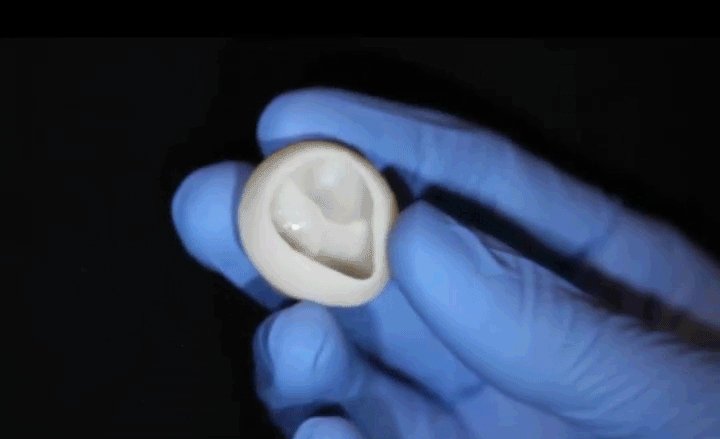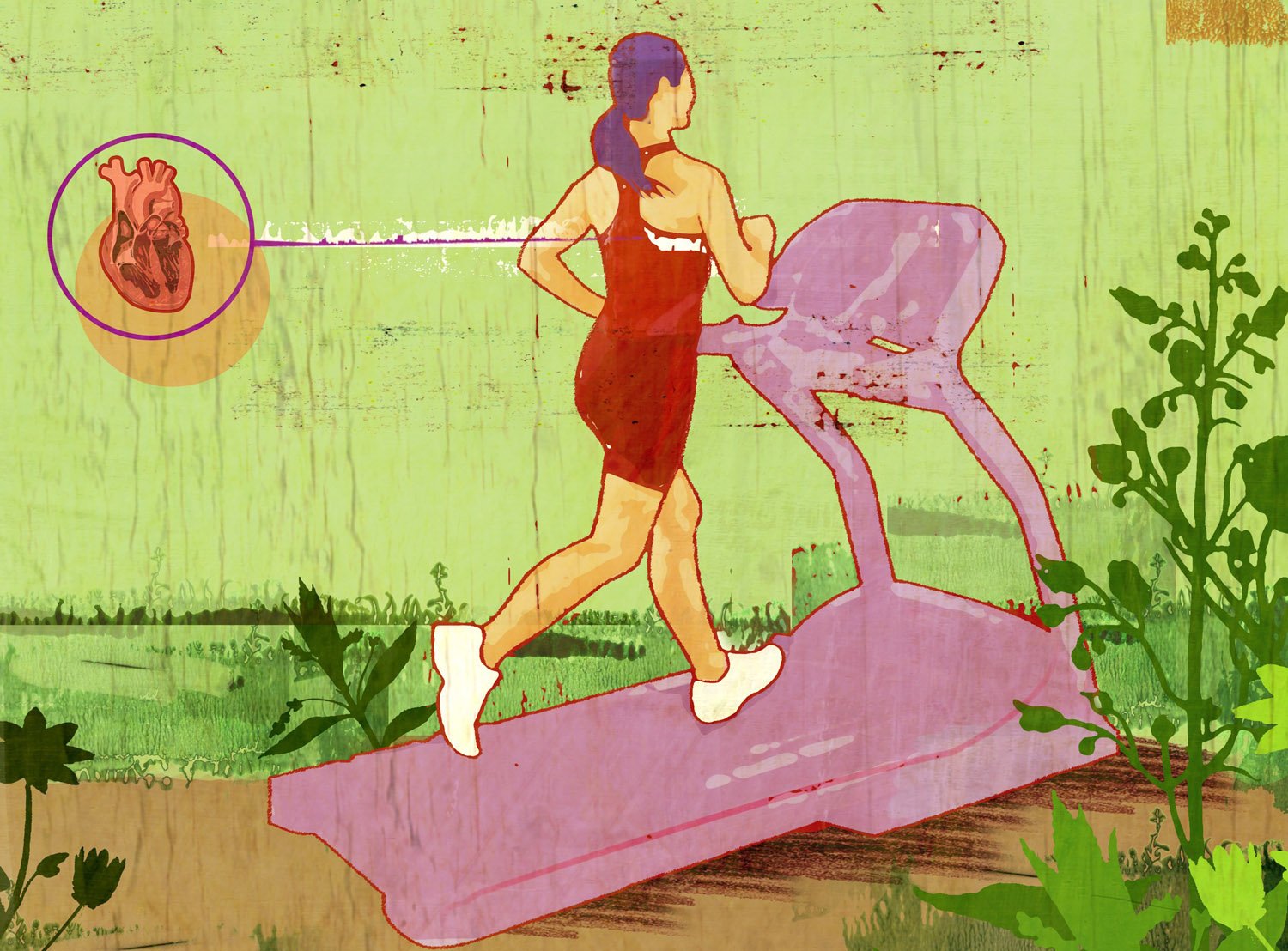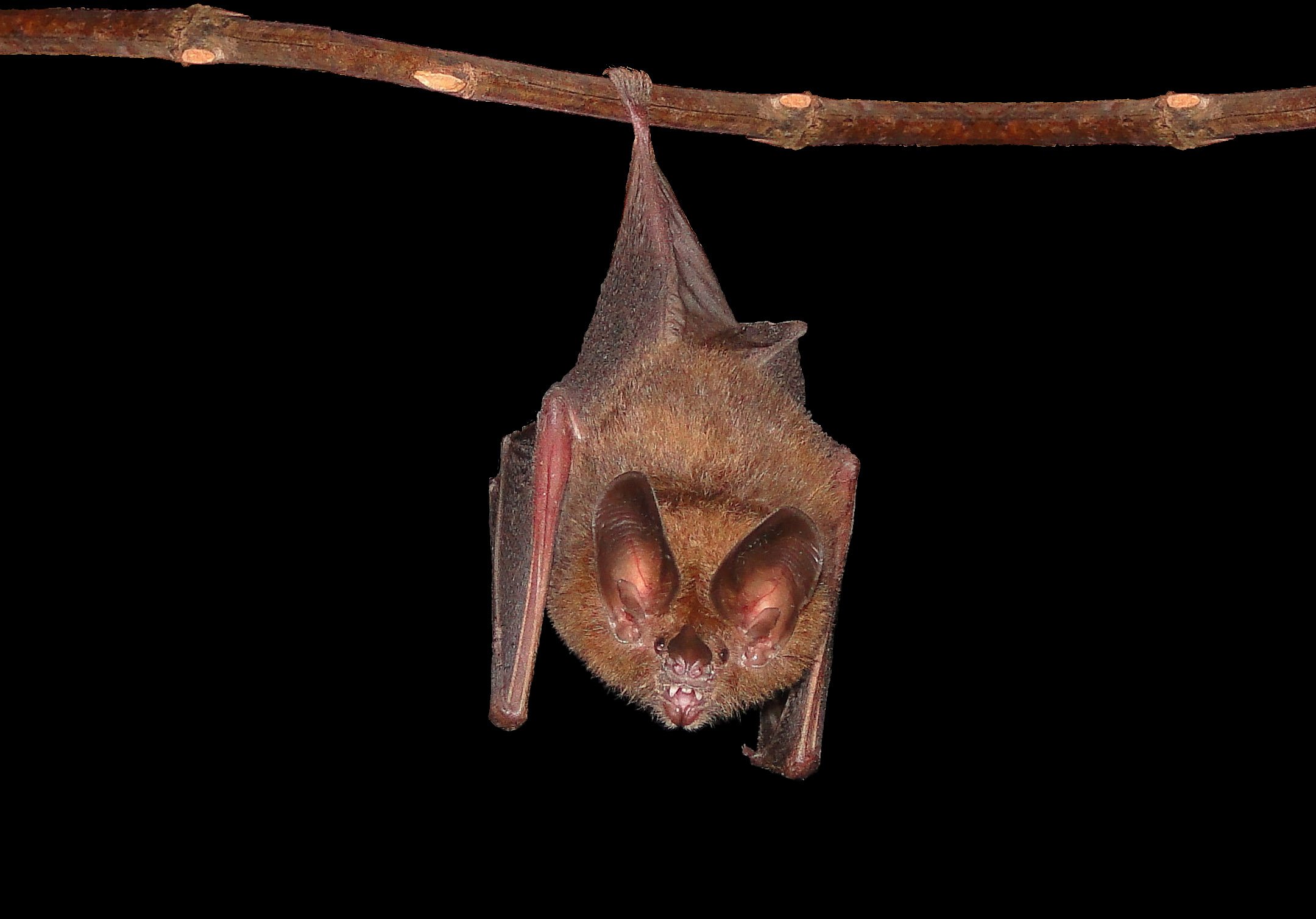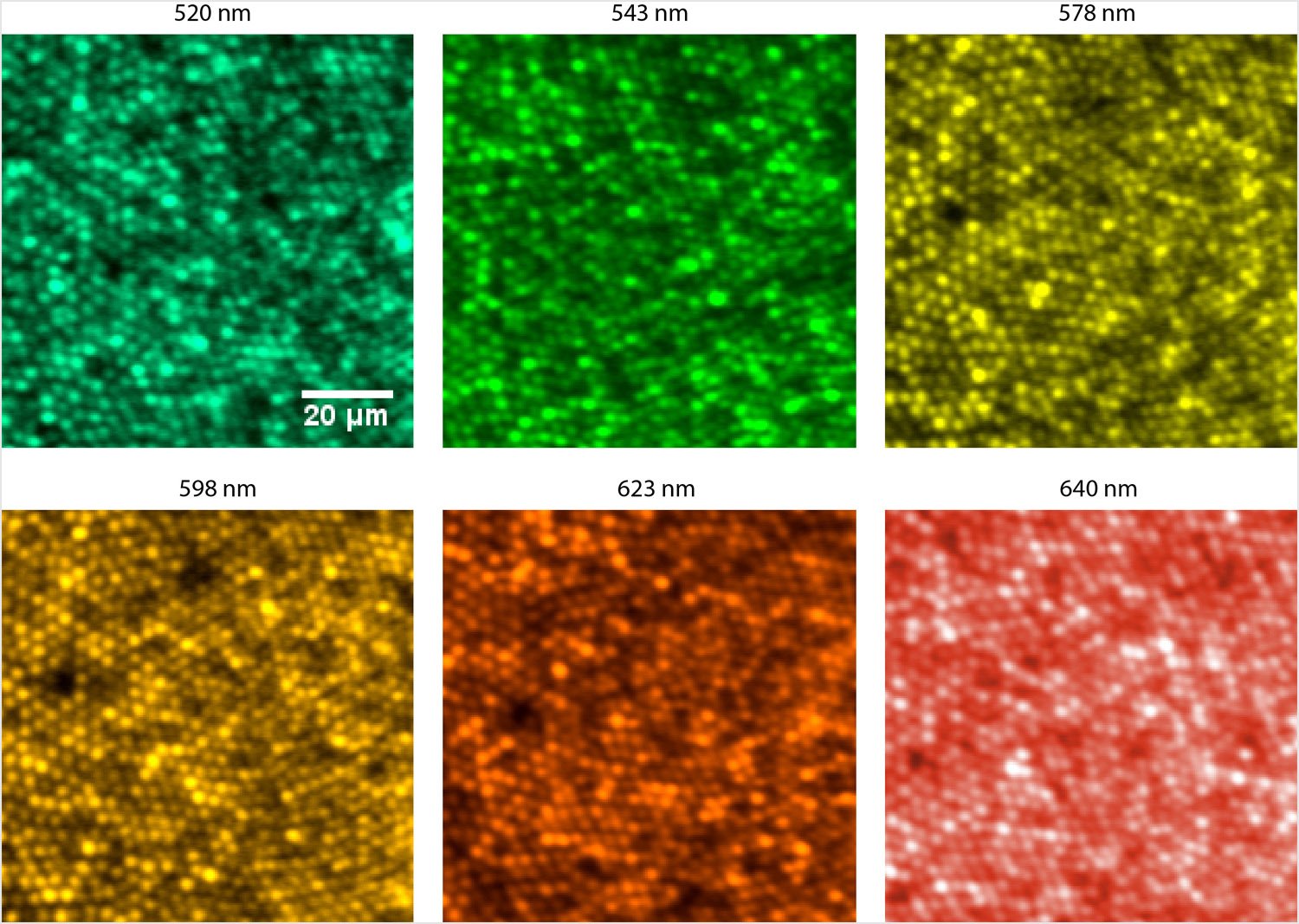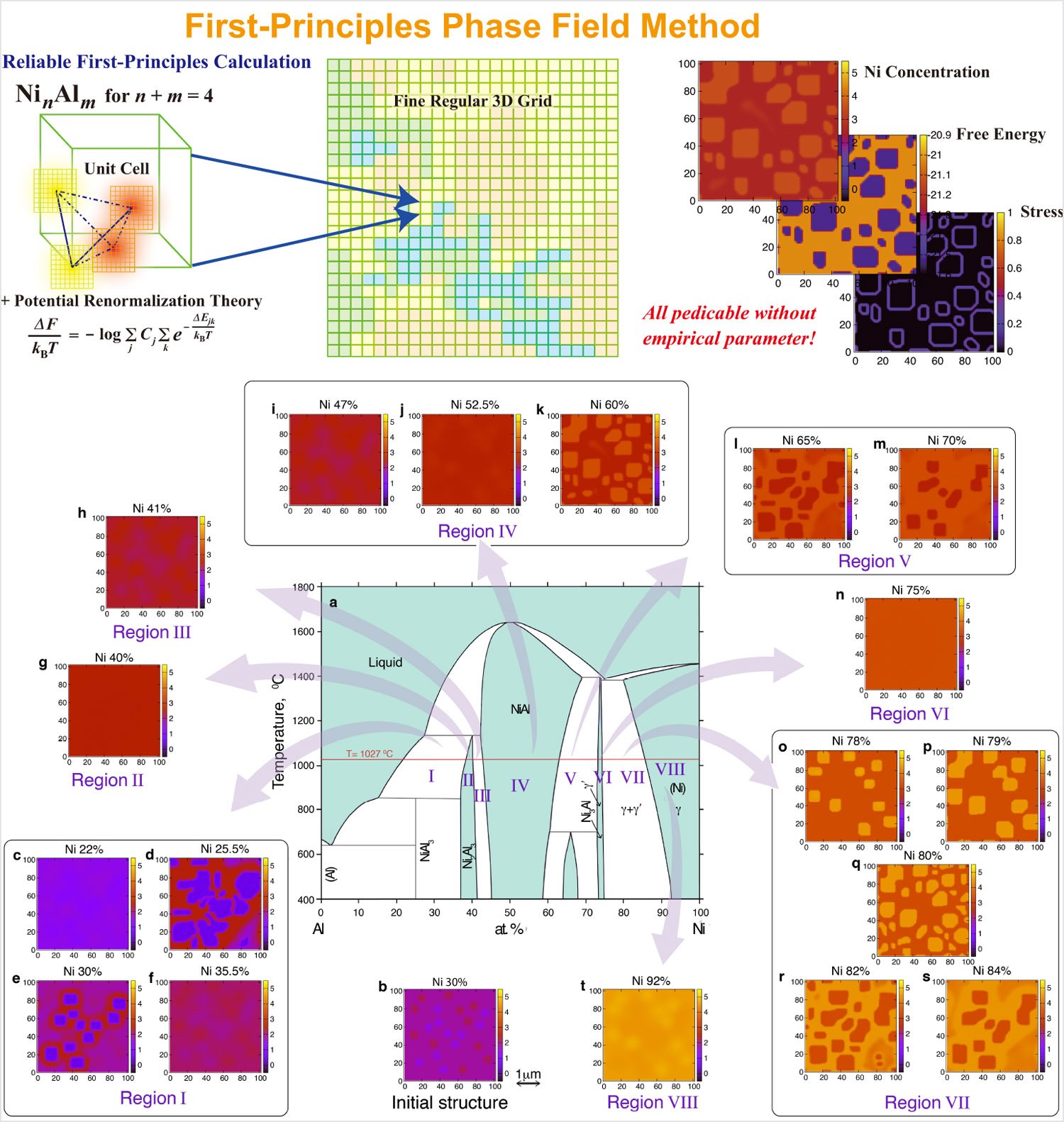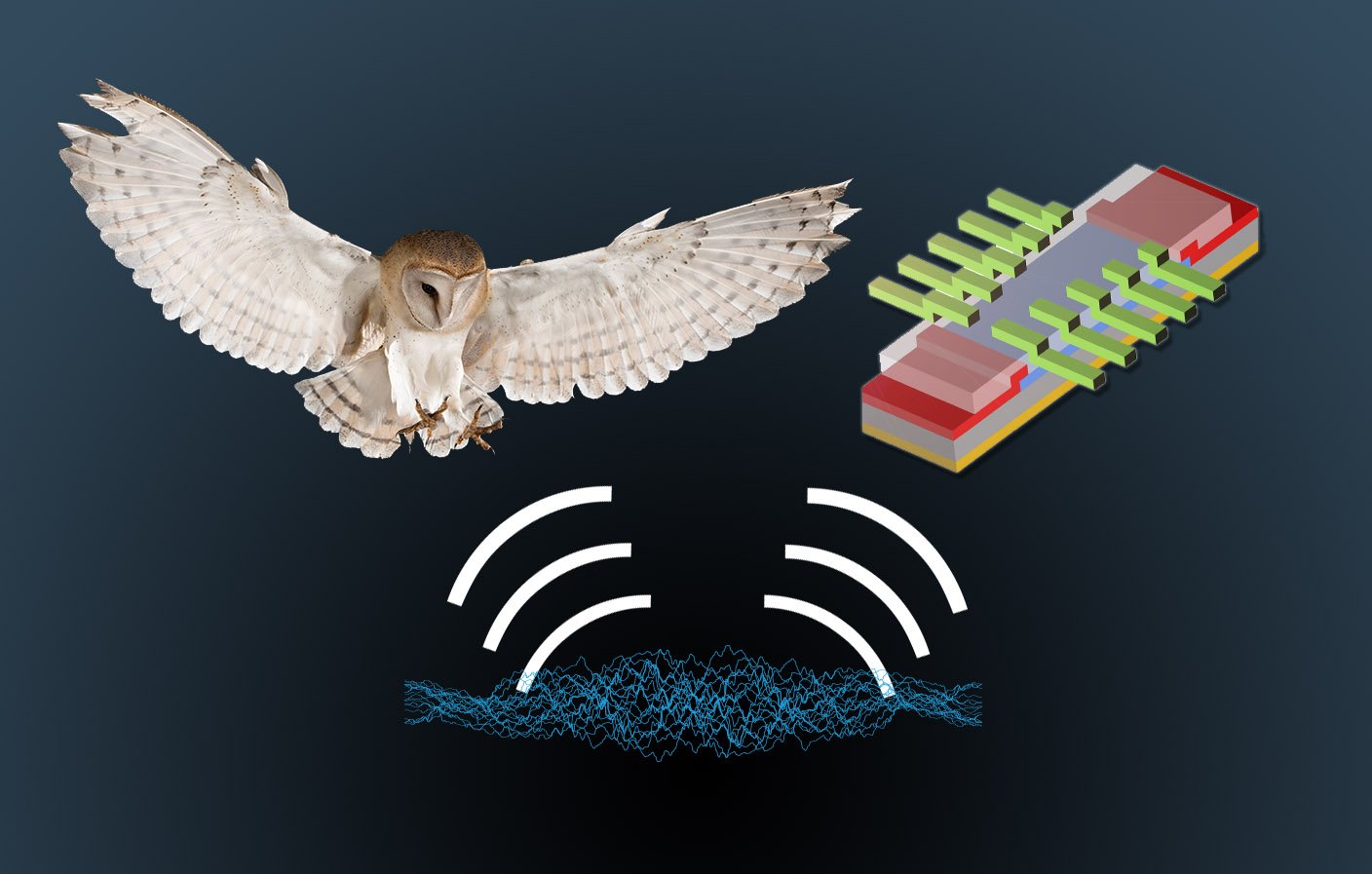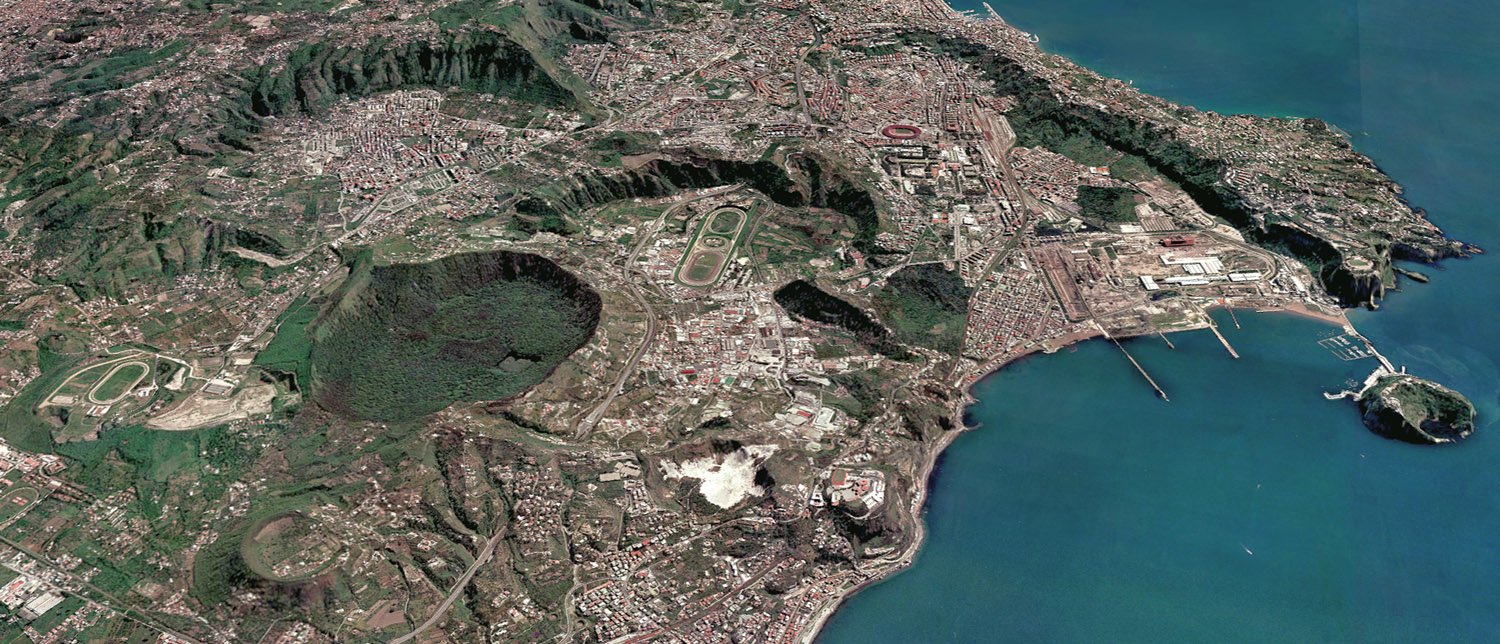Blood test is 94% accurate at identifying early Alzheimer’s disease
Up to two decades before people develop the characteristic memory loss and confusion of Alzheimer’s disease, damaging clumps of protein start to build up in their brains. Now, a blood test to detect such early brain changes has moved one step closer to clinical use. Researchers from Washington University School of Medicine in St. Louis … Read more


